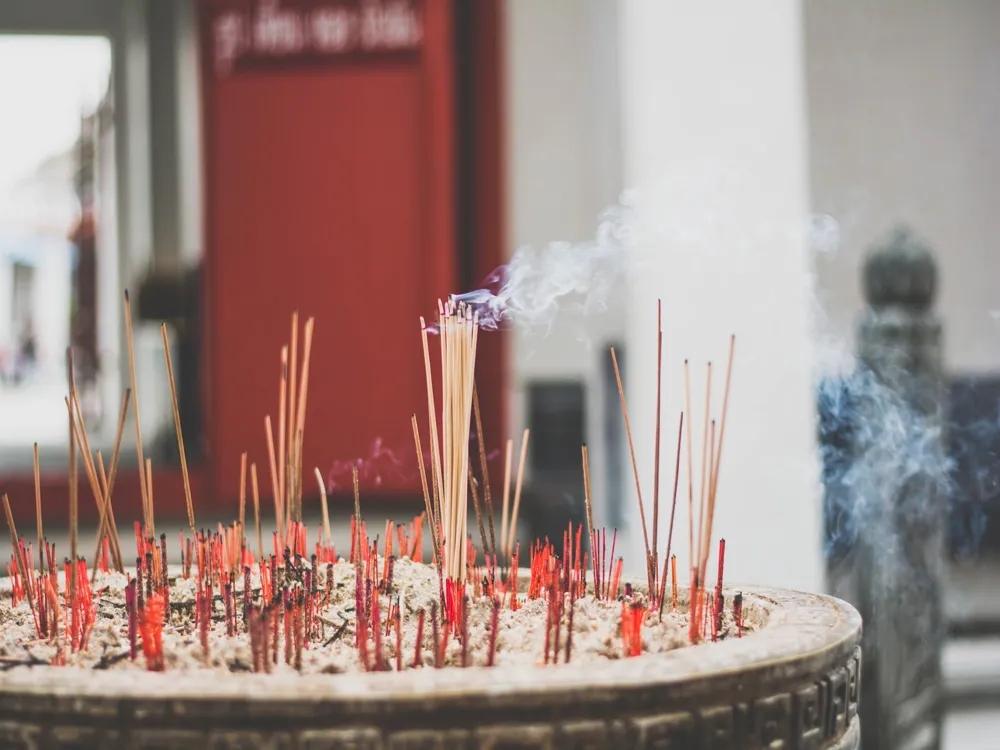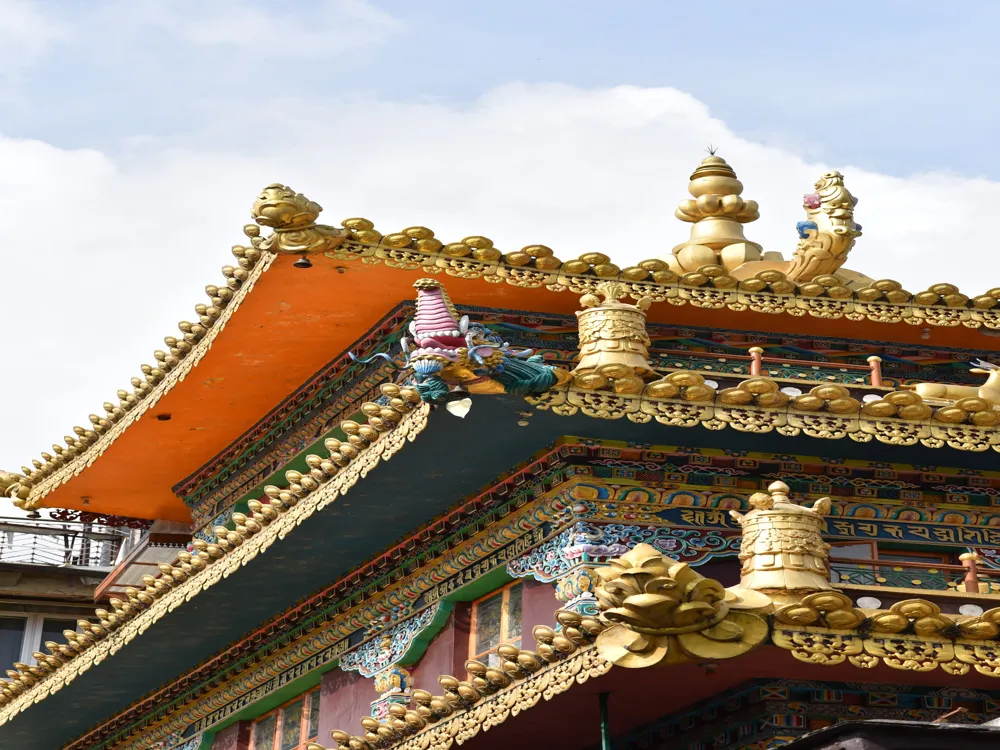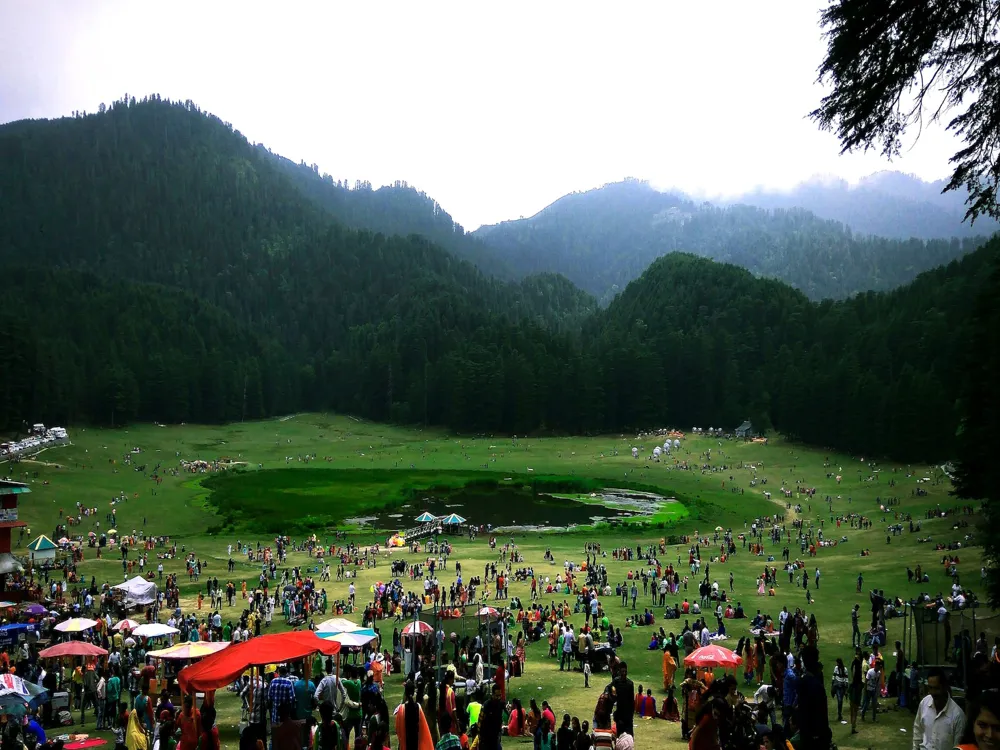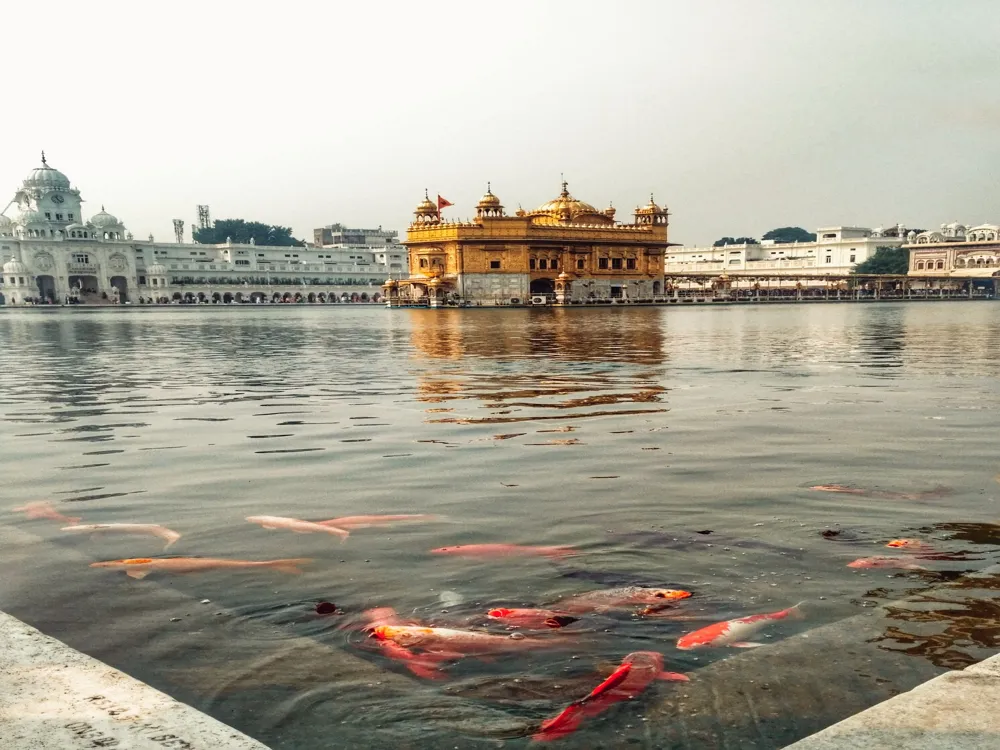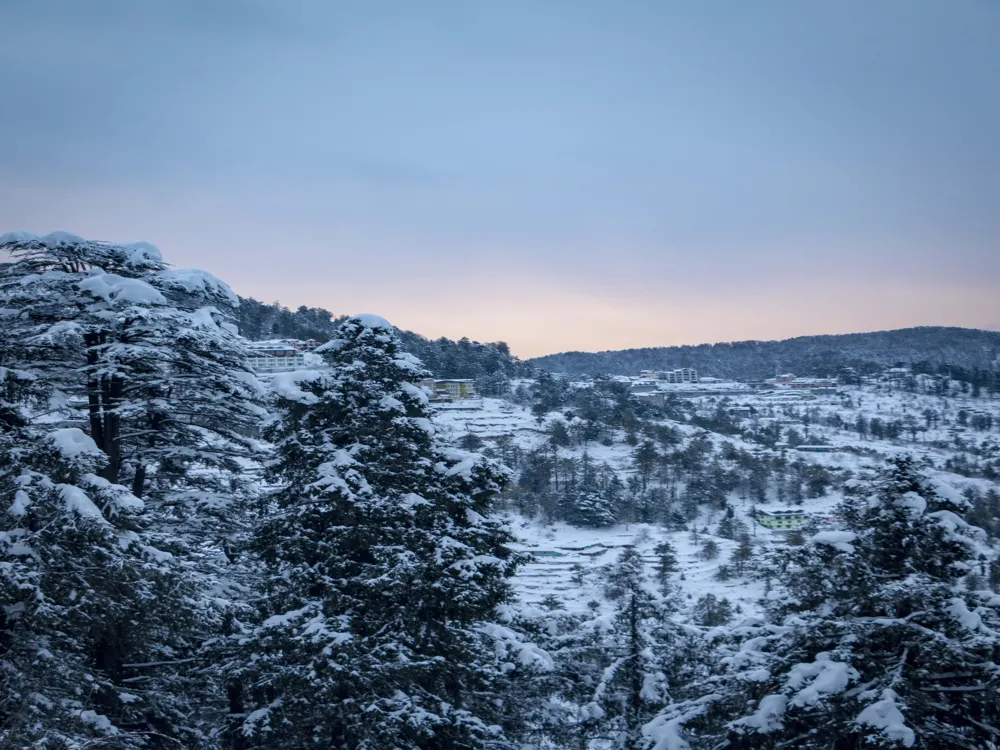Nestled in the serene landscapes of Pathankot, Punjab, the Nagni Temple stands as a testament to the rich cultural and religious heritage of India. This sacred site, dedicated to the serpent goddess Nagni Mata, has been a beacon of spirituality and peace for countless devotees. The temple, with its unique blend of mythological significance and historical importance, attracts not only devotees but also those interested in exploring India's diverse cultural tapestry. According to local legends, the Nagni Temple was built to honor the serpent goddess, who is revered for her powers to cure snake bites and bless her devotees with good health and prosperity. The temple's history dates back several centuries, intertwining with the folklore and traditions of the region. Over the years, the temple has not only been a place of worship but also a site where the community comes together to celebrate various festivals and rituals, making it an integral part of the social fabric of Pathankot. The serene ambiance of the temple, surrounded by lush greenery and the gentle hum of nature, offers a tranquil retreat for those seeking solace away from the bustling city life. The temple's architecture, reflecting the traditional Indian style, adds to its mystical charm. As one steps into this holy ground, they are greeted with an atmosphere of devoutness and peace, making it a perfect destination for spiritual seekers and history enthusiasts alike. The Nagni Temple is not just a place of worship but a symbol of the rich cultural diversity and religious harmony prevalent in India. It stands as a reminder of the country's deep-rooted beliefs in the divine and the importance of preserving these ancient traditions for future generations. The temple's enduring appeal lies in its ability to connect the past with the present, offering a glimpse into the spiritual and cultural ethos that has shaped the region over centuries. The Nagni Temple's architecture is a splendid example of India's rich architectural heritage, showcasing intricate designs and craftsmanship. The temple, primarily built of local stone and wood, echoes the traditional Himachali style, which is prevalent in many religious structures in this region. The temple's architecture is not only a reflection of the local artistry but also a testament to the skill and dedication of the artisans who created it. The temple's main structure is adorned with intricate carvings depicting various deities, myths, and legends associated with the serpent goddess. The fine detailing in the carvings and the use of vibrant colors in the temple's interior are particularly noteworthy. These artistic elements bring the temple's walls to life, creating a vivid tapestry of stories and symbols that are integral to the local culture and religious beliefs. One of the most striking features of the Nagni Temple is its shikhara (spire), which is designed in a conical shape, typical of North Indian temple architecture. The shikhara rises majestically against the backdrop of the sky, symbolizing a connection between the earthly realm and the divine. The temple complex also includes a spacious courtyard, where devotees can gather for prayers and rituals, further enhancing the communal aspect of the temple's design. The temple's layout reflects a deep understanding of Vastu Shastra, the ancient Indian science of architecture and space. The placement of the sanctum, the orientation of the temple entrance, and the arrangement of the surrounding structures all align with the principles of Vastu, aimed at creating a harmonious and spiritually conducive environment. This thoughtful design not only adds to the temple's aesthetic appeal but also enhances the spiritual experience of the devotees. In summary, the architecture of the Nagni Temple is a magnificent blend of art, spirituality, and ancient wisdom. It stands as a proud representation of India's architectural prowess and its ability to convey profound spiritual and cultural messages through its structures. The temple, with its breathtaking beauty and spiritual aura, continues to inspire and mesmerize all who visit this sacred site. Visitors should be mindful of the local customs and traditions. It is recommended to dress modestly and remove footwear before entering the temple premises. The best time to visit the Nagni Temple is during the cooler months from October to March, when the weather is pleasant, making it conducive for exploration and worship. Participating in the local festivals and rituals can be a deeply enriching experience. Visitors are encouraged to engage with the community during these events to gain a deeper understanding of the local culture. While photography may be allowed in some areas, it is important to respect the rules regarding photography inside the temple. Always ask for permission before taking pictures, especially during rituals and ceremonies. Given the temple's location, it is advisable to carry basic first aid and stay hydrated. Visitors should also be aware of their surroundings and follow any safety guidelines provided by the temple authorities. Nagni Temple is well-connected and accessible by various modes of transport. The nearest airport is in Pathankot, from where one can hire a taxi or take a bus to the temple. For those traveling by train, Pathankot railway station is the nearest railhead, which is well-connected to major cities. Local buses and auto-rickshaws are also available for easy commuting to the temple. Visitors can also opt to drive, as the temple is connected by well-maintained roads, offering a scenic drive through the countryside. Read More:Overview of Nagni Temple, Pathankot, Punjab
Architecture of Nagni Temple
Tips When Visiting Nagni Temple
Respect Local Customs and Traditions
Best Time to Visit
Participate in Festivals and Rituals
Photography Guidelines
Health and Safety Precautions
How To Reach Nagni Temple
Nagni Temple
Pathankot
Punjab
₹ 15,999 onwards
View pathankot Packages
Pathankot Travel Packages
View All Packages For Pathankot
Top Hotel Collections for Pathankot

Private Pool

Luxury Hotels

5-Star Hotels

Pet Friendly
Top Hotels Near Pathankot
Other Top Ranking Places In Pathankot
View All Places To Visit In pathankot
View pathankot Packages
Pathankot Travel Packages
View All Packages For Pathankot
Top Hotel Collections for Pathankot

Private Pool

Luxury Hotels

5-Star Hotels

Pet Friendly











